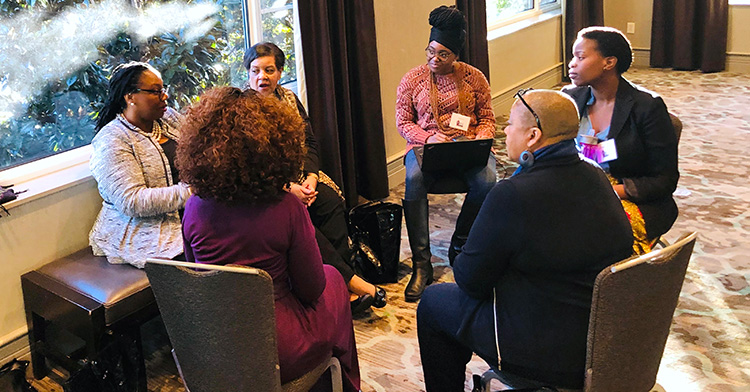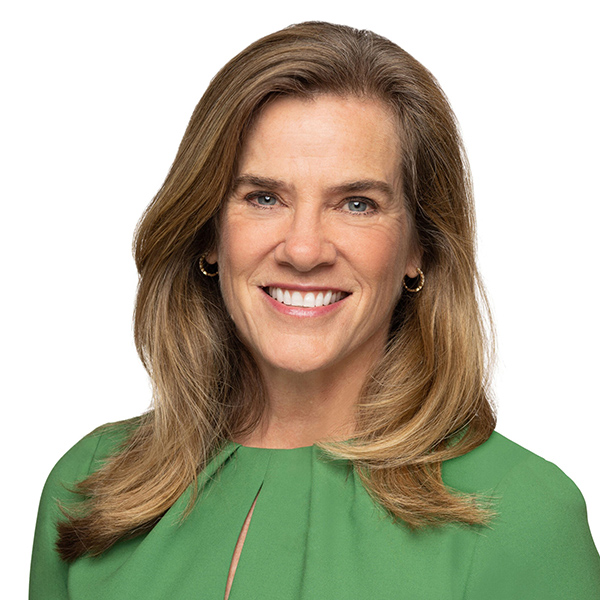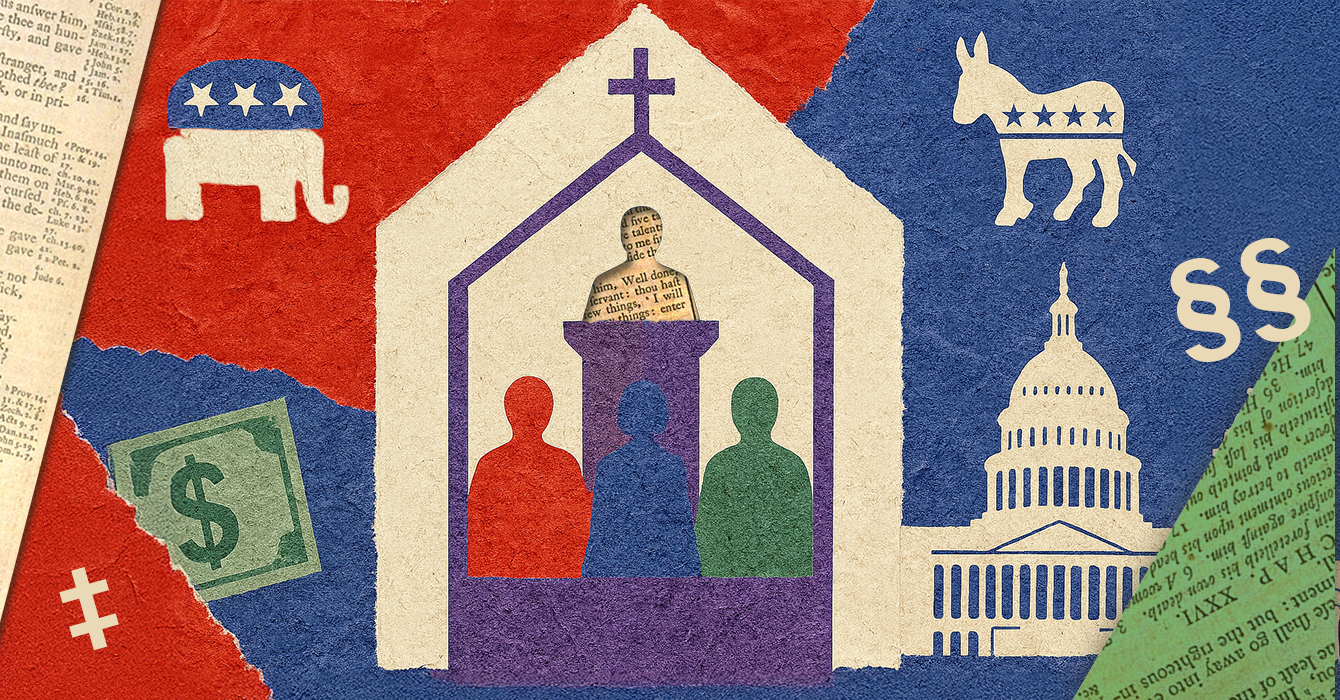The leaders of most organizations and congregations are like drivers on a foggy interstate. Some pull over, some charge forward, and most slow down. All feel tension as they strain their eyes and flash their lights. How can we best navigate the dense mist that surrounds us?
In 2013, Duke Corporate Education interviewed dozens of chief executive officers from around the globe about leading in today’s changing world. The CEOs reported that increasingly, challenges were less predictable and knowledge less reliable. This study was long before the 2016 U.S. presidential election compounded the uneasiness, leaving leaders in places like even the U.S. State Department unsure of how to spend their days.
At the urging of the CEOs, Duke Corporate Education designed a training program that teaches three interrelated skills, with “sensemaking” at the center. To understand what this requires, Duke partnered with a firm of anthropologists whose work is presented in Christian Madsbjerg and Mikkel Rasmussen’s 2014 book, “The Moment of Clarity: Using the Human Sciences to Solve Your Toughest Business Problems.”
The subtitle of the book indicates its focus -- business leaders learning from social scientists. For me, the critical insight is how leaders can learn to pay careful attention to, critically analyze and make sense of context.
Madsbjerg and Rasmussen identify three fundamental characteristics of great sensemaking leadership. First, working in the fog requires leaders to care deeply about the organization they serve and the work that organization does for the world. Second, leaders must understand their organization from the perspectives of those outside the organization. Finally, leaders must learn from and connect a variety of disciplines and viewpoints from within the organization.
When I served for three years as the chair of my congregation’s finance committee, the members included a social worker, an investment advisor, a business consultant, a military commander and a caregiver, among others. Each was highly dedicated to the church, held other leadership positions and asked different types of questions. We had to listen carefully to each other to develop the budget. The composition of the committee and the nature of our conversations demonstrated to me that the conditions for sensemaking are easily within the grasp of faith-based organizations that attract a diverse group of people.
Yet we can fall into a trap that Madsbjerg and Rasmussen identify through telling the story of Lego, the Denmark-based maker of the iconic brick. In the 1930s, Danish carpenter Ole Kirk Kristiansen founded the company as a small woodworking firm with a sideline of miniature models and wooden toys. By 2000, Lego was the fifth-largest toymaker in the world. Soon after, Lego faced deficits and the resignation of its CEO, the founder’s grandson.
New leaders discovered that the company’s customer research had become focused on “What toys do kids want?” They decided to abandon this narrow, transactional question in favor of this: “What is the role of play?” Pursuing this area of inquiry led to a deeper understanding of children and parents in varying cultures and allowed Lego to focus on what it knew how to do well: facilitate system creativity.
So many congregations contemplate transactional questions -- “What style of worship do ‘they’ want?” Such questions don’t open up imagination. They don’t allow people from diverse points of view to contribute to the conversation.
What if we instead looked at foundational questions -- “What is the role of gathering for ‘them’?” The questions explored by Angie Thurston and Casper ter Kuile in their Harvard Divinity School study “How We Gather” exemplify this type of approach.
After reading “The Moment of Clarity,” I realized that my experience with the congregation’s finance committee was distinct from many of my other leadership experiences. The committee leadership cultivated a practice of curiosity that led to questions about the economy of our city, the needs of our neighbors, and the capacity of our buildings, staff and volunteers. When I first joined the group, I was amazed at the dedication of the members. I now see that the process invited members to bring their whole selves to the work. This led to a deeper and more imaginative process of creating a budget.
Sensemaking requires that an organization suspend its hypotheses and conclusions. Leaders must take a step back and carefully listen to and watch our constituents. We are not listening “for” something but rather listening “to” someone. We are looking to see where and how God is acting.
My greatest concern for the future vitality of Christian organizations and churches is that they are so focused on their own needs for money and members that their leaders don’t hear the cries and see the lives of their constituents.
We are often blind to what is really happening around us. Jesus points this out to the followers of John the Baptist, the gathered crowds and the Pharisees in rapid succession in Luke 7. These groups were each expecting God’s presence to be manifest in a particular way, but Jesus redirected their view to what God was doing all around them. God’s story is about redemption and new life. Our questions about the current circumstances must be informed by God’s vision for life.
For me, sensemaking for faith-based organizations requires us to follow Jesus’ example. We must care about our organization, understand it from various perspectives and facilitate networks of learning -- and we must interpret what we are hearing and seeing in the light of the story of God’s creation and redemption.
Leading through the fog requires leaders to rest our hope in God’s story. With that confidence, we can overcome the natural tunnel vision that comes with fear and open our eyes to a wider field that reveals the way forward.









